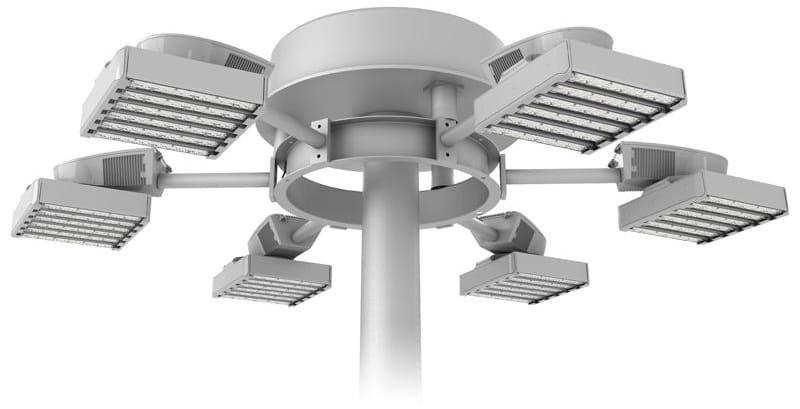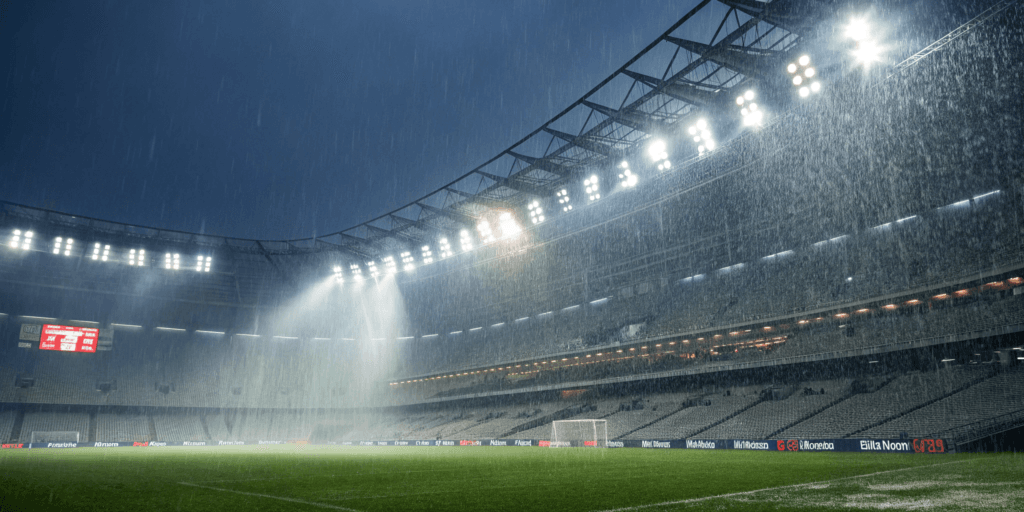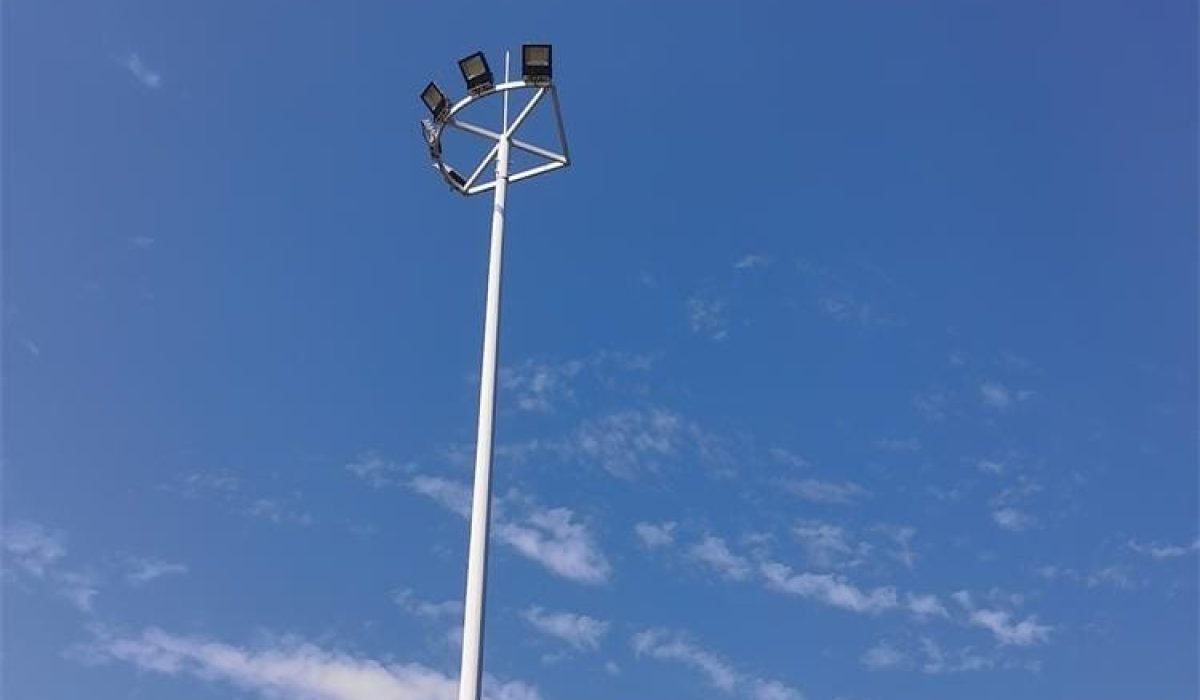You’ve probably stood in a massive parking lot or beneath a tall stadium and wondered—how do they get the lighting just right? It’s not random; the choice between flood lights and high mast lights plays a huge role.
Flood lights throw light wide and low—perfect for parking lots and building sides. High mast lights reach high and spread far—ideal for ports, highways, and big arenas.
Knowing when to choose which isn’t just technical—it’s financial. Let’s break it down from an engineer’s eye.
What Are Flood Lights?
Let me paint a picture: you’ve got a warehouse wall or maybe a hotel driveway. You don’t need to light the moon—just the area in front. That’s where flood lights come in.
Flood lights use wide beam angles to target specific zones with brightness at relatively low heights—between 4 to 15 meters.
You’ll often see them on:
- Building facades
- Outdoor courts
- Billboards
- Parking areas
Here’s the thing: they’re not glamorous. But they’re workhorses. I’ve seen them salvaging old factory yards with just a few angled setups. Compact, adaptable, affordable.
What Are High Mast Lights?

Imagine a shipping port. Hundreds of containers, night operations, forklifts whizzing around. You can’t rely on a dozen scattered poles. You need power and height.
High mast lights are mounted on tall poles—20 to 50 meters—with multiple fixtures designed for uniform illumination across vast spaces.
You’ll find them at:
- Expressway interchanges
- Airport tarmacs
- Mining fields
We installed a set of these at a municipal bus depot once—the winch system alone took a day to configure. But when it lit up that entire 10,000 sqm yard with no dark spots? Worth it.
How Do They Compare in Height and Coverage?
Here’s something I learned the hard way: underestimating pole height equals overbuying fixtures.
Flood lights typically sit 4–15 meters up and cover small targeted areas. High mast systems go up to 50 meters, blanketing large zones with fewer poles.
| Feature | Flood Light | High Mast Light |
|---|---|---|
| Pole Height | 4–15 m | 20–50 m |
| Coverage per Fixture | 30–50 sqm | 100–250 sqm |
| Fixtures per Pole | 1–2 | 4–16 |
Don’t just consider how far light reaches. Think: how many trenchings do you want for pole wiring?
What’s the Difference in Beam Spread?

Back in 2018, we lit a sports complex. First attempt? Flood lights only. Result? Patchy shadows and glare where it mattered most.
Flood lights have wide beam angles—up to 120°. High mast fixtures use narrower optics to distribute light evenly from high up.
Distribution Snapshot
- Flood lights: flexible but more glare-prone
- High mast: uniform, with better optical control
Bottom line: beam control is just as important as brightness. Don’t sacrifice clarity for cost.
What About Power and Brightness?
There’s a misconception I hear a lot: “Let’s just use a bunch of small LEDs to save money.” That’s not always wise.
Flood lights range from 100W to 600W per unit. High mast lights easily exceed 1000W, even hitting 2000W for industrial-grade setups.
But here’s the nuance: more power doesn’t always mean better lighting. Over-illumination wastes energy. Undershooting creates dark zones—especially in security-sensitive areas.
How Do Their Designs Compare?

One of my favorite installs was at an oil terminal. Maintenance was non-negotiable—so high mast lights with electric winches were a lifesaver.
Flood lights are single-head units on static poles. High mast lights involve ring-mounted arrays, retractable poles, and ground-level winch systems.
| Feature | Flood Light | High Mast Light |
|---|---|---|
| Design | Simple, static | Complex, retractable |
| Fixture Type | 1–2 heads | 4–16 heads in a ring |
| Maintenance | By ladder/lift | Winch system at ground |
If labor costs are high or downtime is critical, high mast design might pay for itself faster than you think.
Pros and Cons: Engineer’s Take
Flood Lights
✅ Budget-friendly
✅ Easy to reposition
❌ Limited area per fixture
❌ Glare and light spill risk
High Mast Lights
✅ Wide-area coverage
✅ Consistent distribution
❌ Expensive upfront
❌ Installation complexity
When to Use Which—Real-World Examples
Choose flood lights for site perimeters, loading bays, and entry zones. Use high mast lights for massive lots, terminals, or infrastructure hubs.
| Project Type | Best Fit |
|---|---|
| Factory Entrance | Flood Light |
| Rail Cargo Yard | High Mast Light |
| Sports Complex Edge | Flood Light |
| Highway Junction | High Mast Light |
A client in Ghana once tried flood lights for a dry port. Two months later, they upgraded to high mast units after logistics crews complained about visibility.
Final Thoughts
Lighting isn’t about what’s bright—it’s about what’s right. Flood lights give you flexibility, while high mast lights offer power and consistency. Knowing when to choose each can save you headaches, and frankly, dollars.


